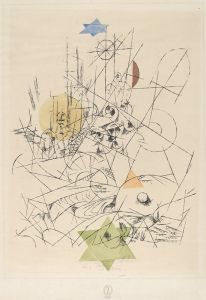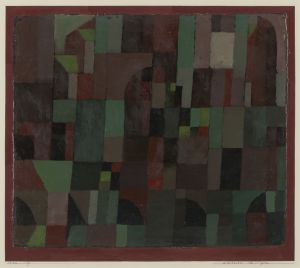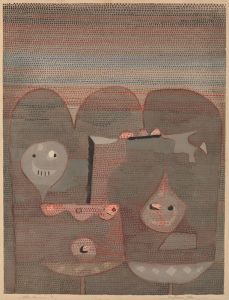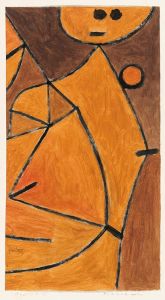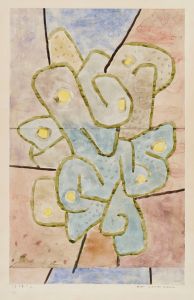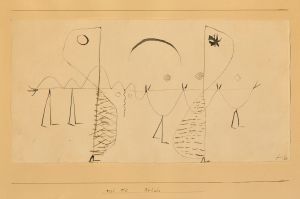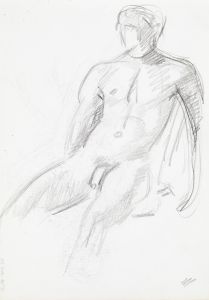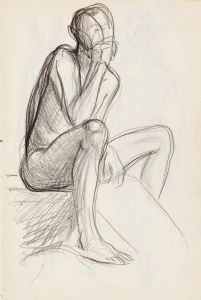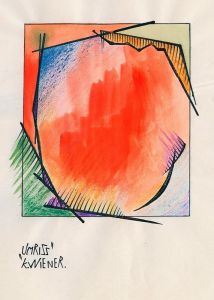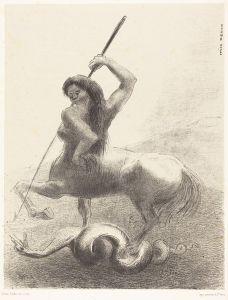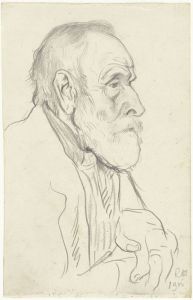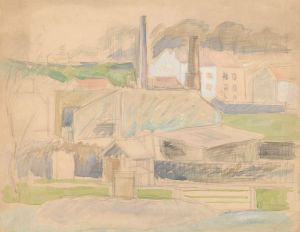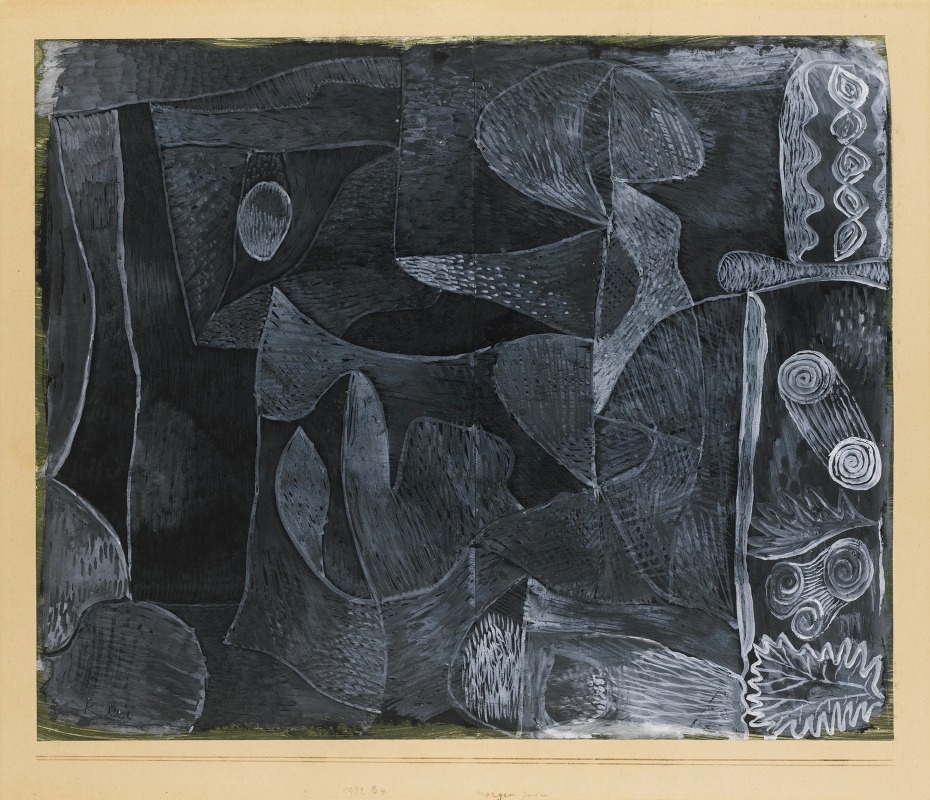
Morgengrau
A hand-painted replica of Paul Klee’s masterpiece Morgengrau, meticulously crafted by professional artists to capture the true essence of the original. Each piece is created with museum-quality canvas and rare mineral pigments, carefully painted by experienced artists with delicate brushstrokes and rich, layered colors to perfectly recreate the texture of the original artwork. Unlike machine-printed reproductions, this hand-painted version brings the painting to life, infused with the artist’s emotions and skill in every stroke. Whether for personal collection or home decoration, it instantly elevates the artistic atmosphere of any space.
Paul Klee was a Swiss-born artist whose work is associated with a variety of art movements, including Expressionism, Cubism, and Surrealism. He is known for his highly individual style, which was influenced by movements in art that included Expressionism, Cubism, and Surrealism. Klee's work often features a unique blend of abstract and figurative elements, and he is celebrated for his innovative use of color and line.
"Morgengrau" is one of Klee's many works that exemplifies his distinctive approach to art. The title "Morgengrau" translates to "Morning Gray" in English, suggesting a theme related to the early hours of the day, possibly evoking the subtle and muted tones of dawn. Klee's works often explore themes of nature, music, and the subconscious, and "Morgengrau" may reflect these interests through its composition and color palette.
Klee's artistic journey was deeply influenced by his experiences and the cultural milieu of his time. He was born in 1879 in Münchenbuchsee, near Bern, Switzerland, and showed an early interest in both music and art. Klee's father was a music teacher, and his mother was a trained singer, which contributed to his lifelong passion for music. This musical background often informed his approach to visual art, as he sought to create compositions that resonated with the harmony and rhythm found in music.
Klee studied art in Munich, where he was exposed to various avant-garde movements. His travels to Italy, France, and North Africa further enriched his artistic vocabulary, allowing him to experiment with different styles and techniques. Klee's work is characterized by a playful yet profound exploration of color theory, which he developed during his time teaching at the Bauhaus, a progressive art school in Germany. His lectures and writings on color theory have had a lasting impact on the field of art education.
"Morgengrau," like many of Klee's works, likely reflects his interest in the interplay between color and form. Klee often used a grid-like structure in his paintings, which allowed him to explore the relationships between different colors and shapes. This method can be seen as a visual representation of musical composition, where individual notes come together to create a harmonious whole.
Throughout his career, Klee produced over 9,000 works, each demonstrating his unique vision and innovative approach to art. His legacy continues to influence contemporary artists and is celebrated in major museums and collections worldwide. Klee's work, including "Morgengrau," invites viewers to engage with the world through a lens of imagination and introspection, encouraging a deeper appreciation for the subtleties of color, form, and emotion.
While specific details about "Morgengrau" may be limited, it remains an integral part of Klee's oeuvre, embodying the qualities that make his work both timeless and universally appealing.






